This ranking includes the most populous cities in Europe in 2025, from Moscow with 11.62 million inhabitants to Budapest with 1.7 million. It features major European capitals like London, Berlin, Madrid, Rome, and Paris, as well as Saint Petersburg, Vienna, and Hamburg. These metropolitan areas are the continent's main demographic centers, each with its own history, architecture, and legacy. The selection is based on the municipal population of each city. Some cities surprise with their size, such as London, which covers an area fourteen times larger than Paris, or Rome, which extends over a territory twelve times greater than the French capital. Others are distinguished by their major economic roles, such as Hamburg, which hosts Germany's largest port, or by their internationally recognized quality of life, like Vienna. These destinations invite exploration of European urban diversity from east to west.
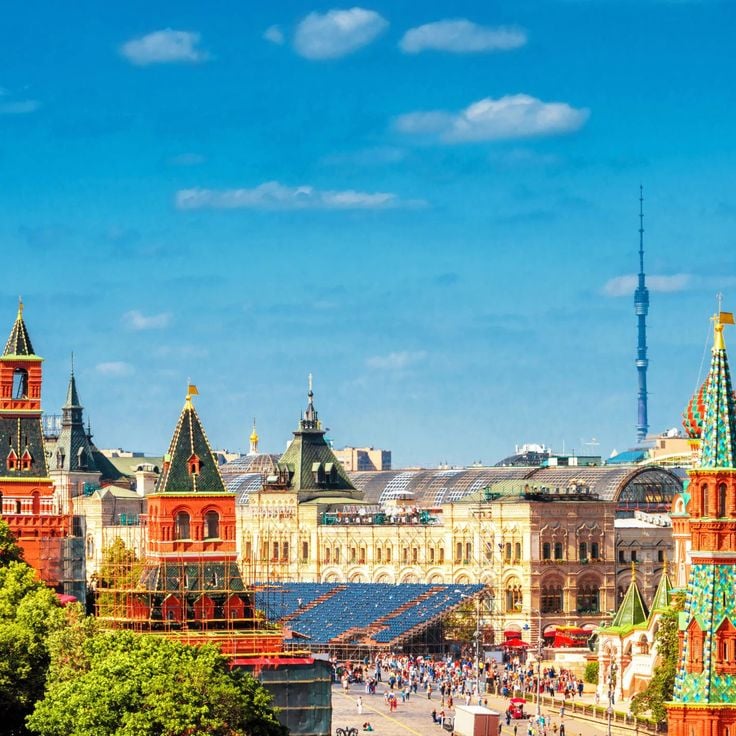
Moscow, Russia
Moscow is the capital of the Russian Federation and has 11.62 million inhabitants within its city limits. This metropolis on the Moskva River stands as the most populous city in Europe and ranks 16th globally by population. The city covers an area of 2,511 square kilometers and serves as the political, economic, and cultural center of Russia. Moscow combines historical structures such as the Kremlin with modern business districts and functions as a major transport hub with several international airports and an extensive metro system.
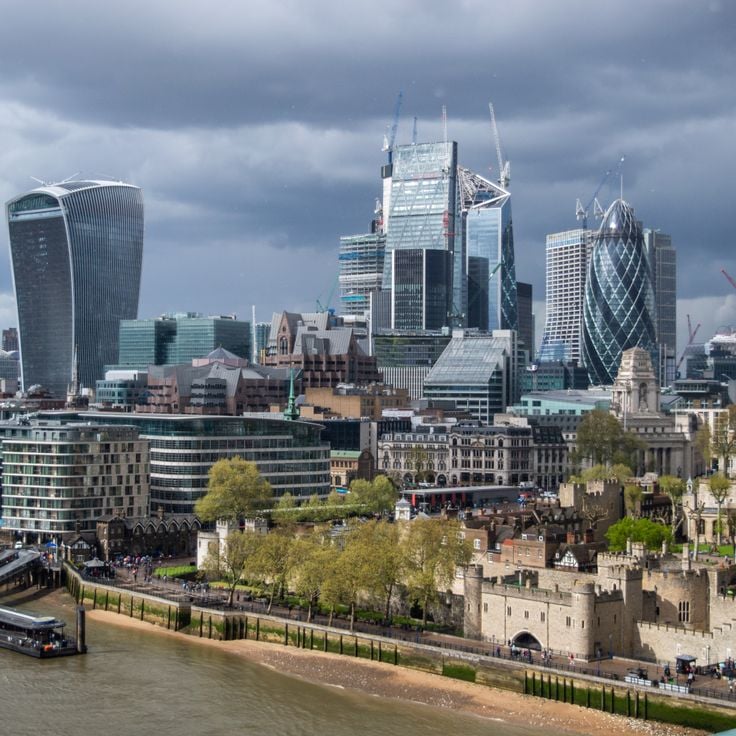
London, England
London covers 1,572 square kilometres along the River Thames and has a population of 8.9 million inhabitants. The city comprises 32 boroughs and the City of London, the historical core of the metropolis. As a political centre, London houses Parliament in Westminster, the government offices at Downing Street, and Buckingham Palace. The economy is shaped by the financial districts of the City and Canary Wharf, where international banks and stock exchanges operate. The transport network includes the Underground with eleven lines, an extensive bus system, and several railway stations connecting the United Kingdom and the continent.

Saint Petersburg, Russia
Saint Petersburg is Russia's second-largest city and ranks among the most populous metropolitan areas in Europe, with over 5.4 million inhabitants. The city was founded in 1703 by Tsar Peter the Great and served as the capital of the Russian Empire for more than two centuries. It is located in northwestern Russia on the Gulf of Finland in the Baltic Sea, spreading across several islands in the Neva River delta. Saint Petersburg functions as a major economic, scientific, and cultural center, hosting numerous universities, research institutions, theaters, and museums.

Berlin, Germany
Berlin serves as the capital of Germany and ranks as the fourth largest city in Europe with a population of 3.7 million residents. The metropolis spans 892 square kilometers along the River Spree and functions as the political, economic, and cultural center of the country. Berlin holds the distinction of being the most populous city within the European Union. The city comprises twelve administrative districts, each with its own local government and distinct historical and social characteristics that reflect different periods of development.
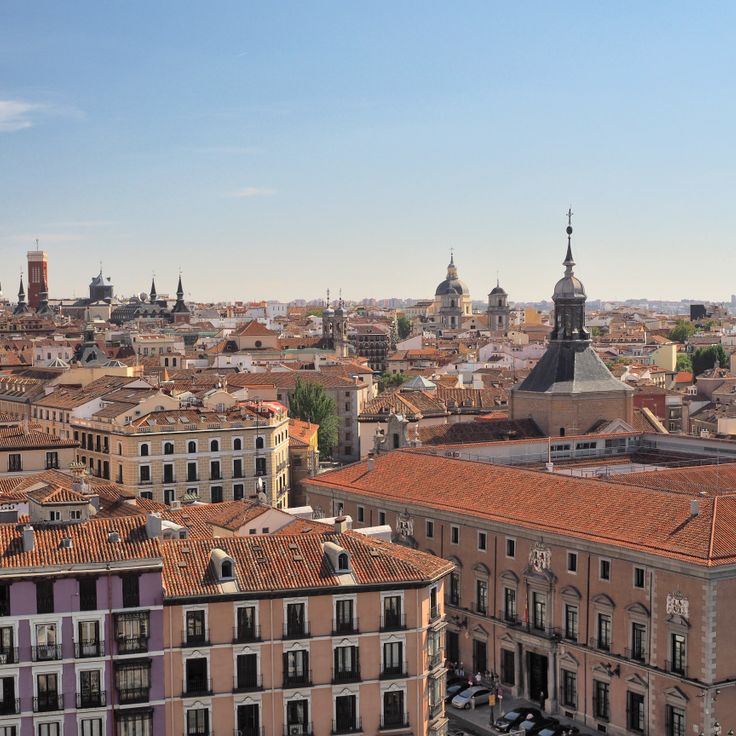
Madrid, Spain
Madrid is the capital of Spain and sits in the geographic center of the Iberian Peninsula at an elevation of 650 meters. The city has a population exceeding 3.2 million inhabitants, making it the fifth most populous city in Europe. The metropolitan area extends across the Community of Madrid and encompasses several million residents. Madrid serves as the political, economic, and cultural center of the country, housing the institutions of the Spanish government and the Royal Palace.

Rome, Italy
Rome is the capital of Italy and the sixth largest city in Europe. The city has over 2.9 million inhabitants and covers an area twelve times larger than Paris. Rome combines ancient history with modern urban life and serves as the political, cultural and economic centre of the country. The metropolis contains numerous historical monuments, museums and government buildings.
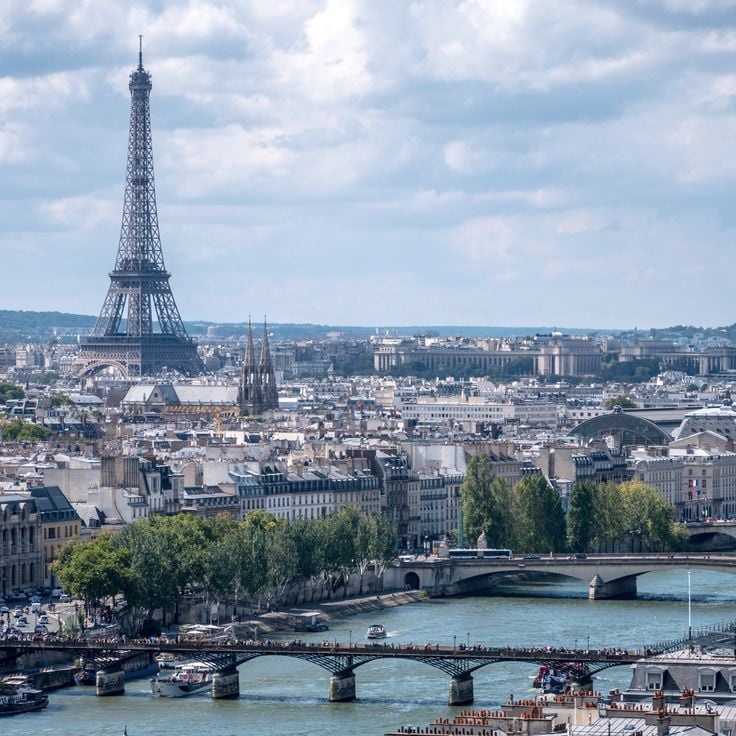
Paris, France
Paris is the capital of France and ranks among the most populated cities in Europe with 2.1 million inhabitants. The city is located on the Seine River in the northern part of the country and serves as the political, economic and cultural center of the nation. Paris covers an area of 105 square kilometers and is divided into 20 arrondissements. The city hosts numerous government institutions, international organizations and corporate headquarters. With its universities, museums and theaters, Paris plays a major role in European education and cultural life.
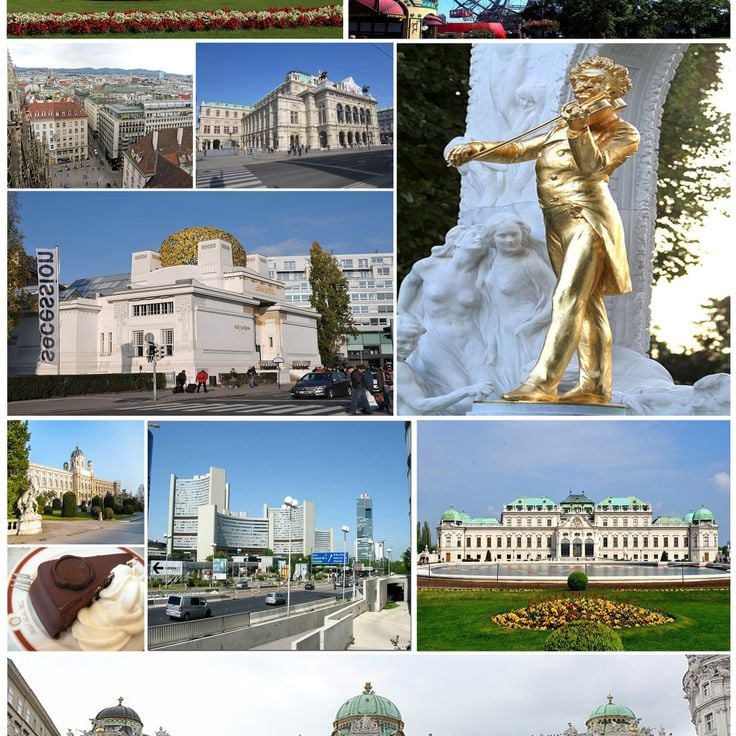
Vienna, Austria
Vienna is the capital of Austria and the eighth largest city in Europe with 1.9 million inhabitants. The city has been named the most liveable city in the world nine times. Vienna sits on the Danube River and combines historical architecture with modern facilities. The city houses numerous museums, theaters, and concert halls. Vienna is known for its coffeehouse culture and classical music tradition.
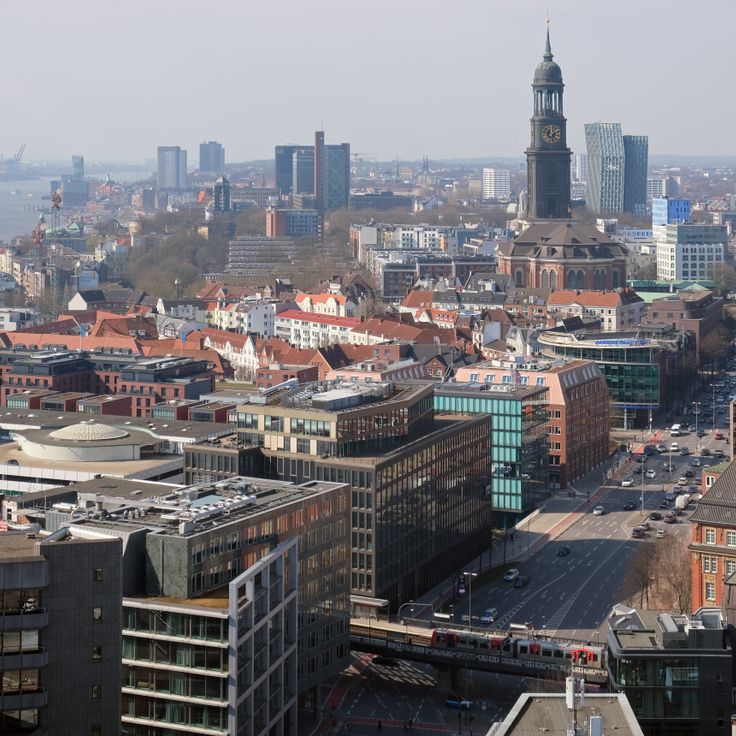
Hamburg, Germany
Hamburg is Germany's second largest city with a population of 1.8 million inhabitants. The Hanseatic city operates the country's largest port, which plays a central role in European trade. Hamburg extends along the Elbe River and forms a major economic center in northern Germany. The city combines maritime tradition with modern districts and cultural institutions.
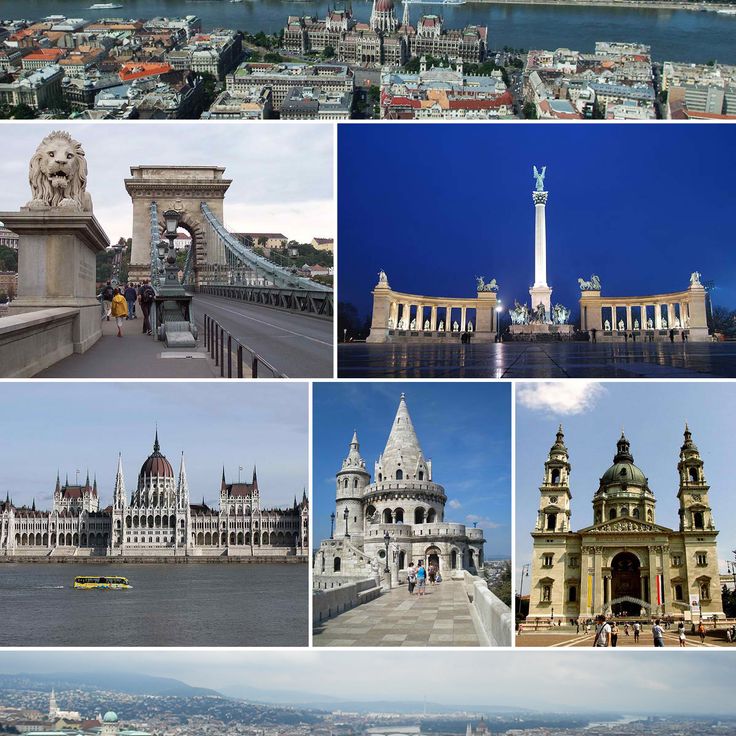
Budapest, Hungary
Budapest is the capital of Hungary and the tenth largest city in Europe with 1.7 million inhabitants. The city spans both sides of the Danube River, uniting the historical districts of Buda on the western bank and Pest on the eastern bank. Budapest serves as the political, economic and cultural center of the country, housing numerous government buildings, universities, theaters and museums. The city's architecture reflects various historical periods, from medieval fortifications to Art Nouveau buildings from the Austro-Hungarian Empire era.
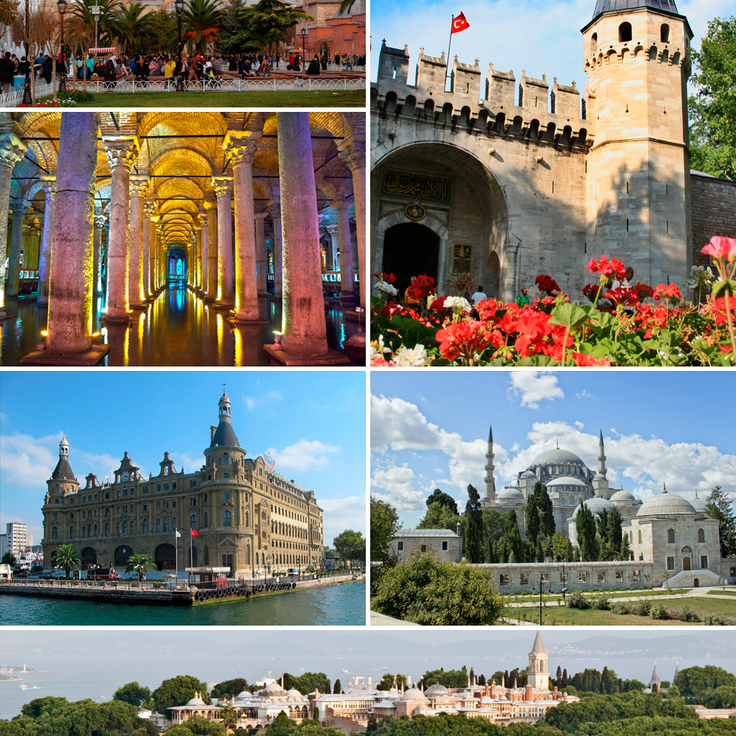
Istanbul, Turkey
Istanbul spans two continents and is home to over 15.5 million inhabitants. The city sits on the Bosporus, which separates its European side from its Asian side. Only a small portion of the metropolis, approximately 4% of its territory, is located on European soil. This geographical position makes Istanbul one of the few cities in the world that extends across two continents.
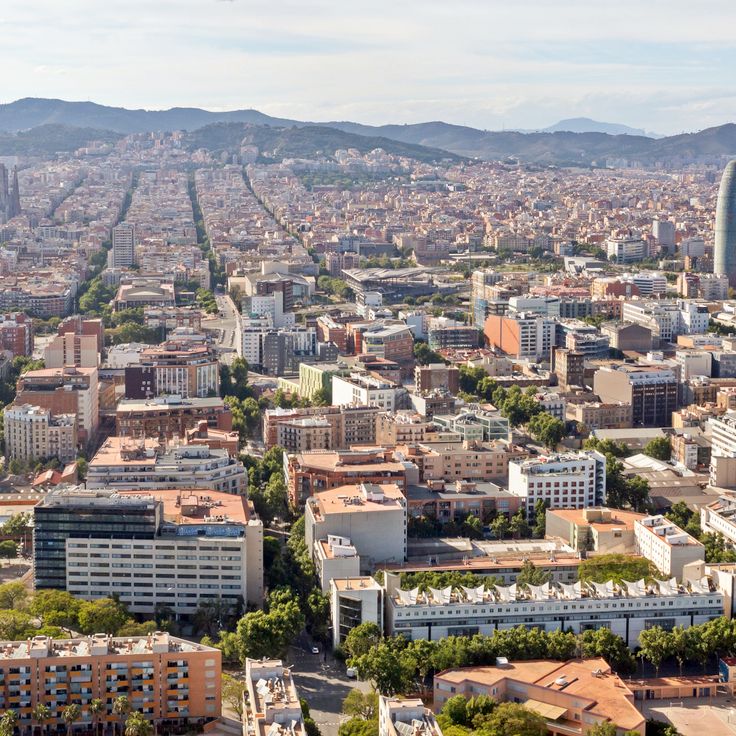
Barcelona, Spain
Barcelona is the second largest city in Spain with a population of 1.6 million inhabitants. The Catalan metropolis stretches along the Mediterranean coast and serves as the economic and cultural center of the Catalonia region. The city has a major port and is recognized as an important industrial and commercial hub. Barcelona contains numerous Modernisme buildings, including several works by architect Antoni Gaudí. The urban structure combines the medieval old town with the planned 19th-century expansion district of Eixample.
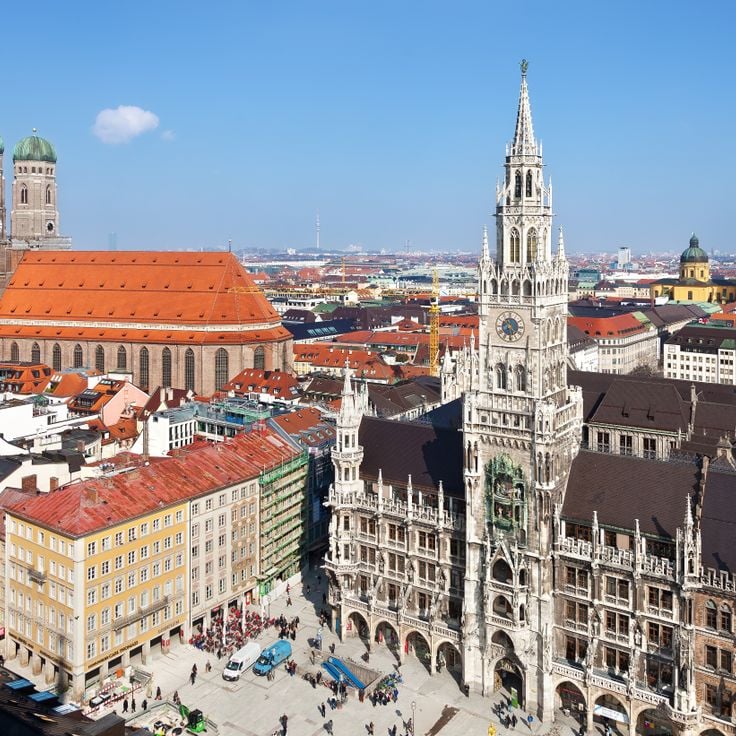
Munich, Germany
Munich is the third largest city in Germany with 1.5 million inhabitants and serves as the capital of Bavaria. Located on the Isar River in southern Germany, the city functions as the economic and cultural center of the region. Munich is recognized for its historic old town centered around Marienplatz, the annual Oktoberfest celebration, and major museums. The city hosts numerous international corporations, several universities, and research institutions.

Milan, Italy
Milan is the second largest city in Italy with approximately 1.4 million inhabitants in the urban core. The Lombard metropolis serves as the country's primary economic and financial center, hosting the Italian stock exchange and numerous corporate headquarters. As an international fashion capital, the city organizes Milan Fashion Week twice annually. The historic center clusters around the Milan Cathedral and the Galleria Vittorio Emanuele II.
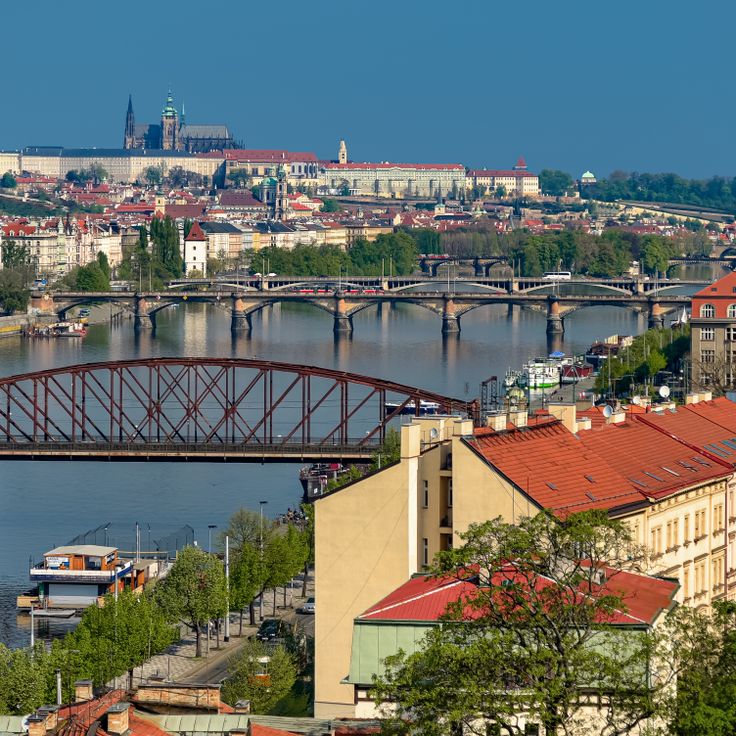
Prague, Czech Republic
Prague is the capital of the Czech Republic and has a population of approximately 1.3 million residents within the city limits. Located on the Vltava River, this metropolis serves as the political, economic, and cultural center of the country. The city spreads across both banks of the river, connecting historic districts with contemporary neighborhoods. Prague houses numerous government buildings, ministries, and national institutions. Its population density makes it the largest city in the Czech Republic and one of the major metropolitan areas in Central Europe.
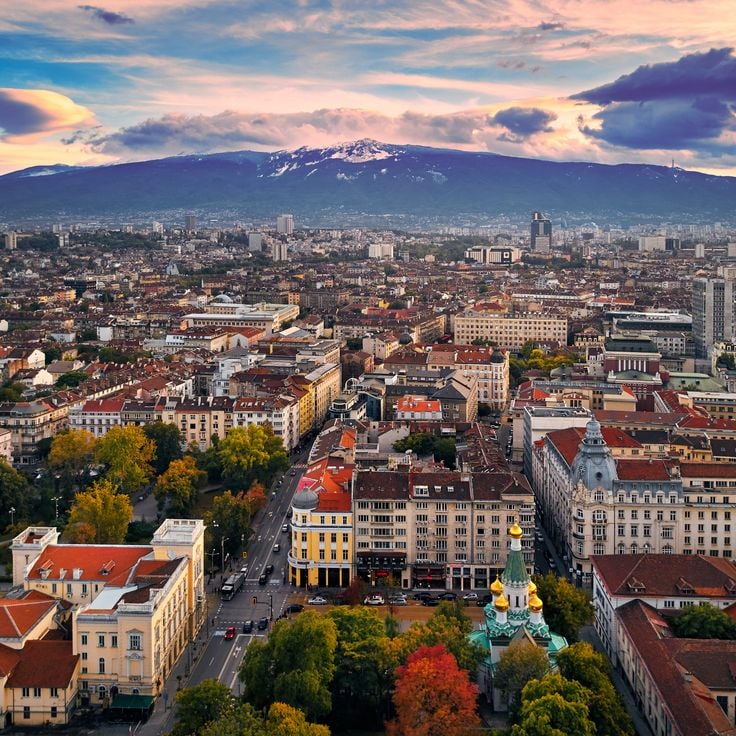
Sofia, Bulgaria
Sofia is the capital of Bulgaria and has approximately 1.2 million inhabitants within its city limits. The city is located at the foot of Vitosha Mountain in the western part of the country and serves as the political, economic and cultural centre of Bulgaria. Sofia houses numerous government buildings, universities and research institutions. The metropolitan area extends across several neighbouring municipalities and forms the largest urban agglomeration in the country. As a transport hub, Sofia connects various European routes and features an international airport as well as an extensive public transport network.
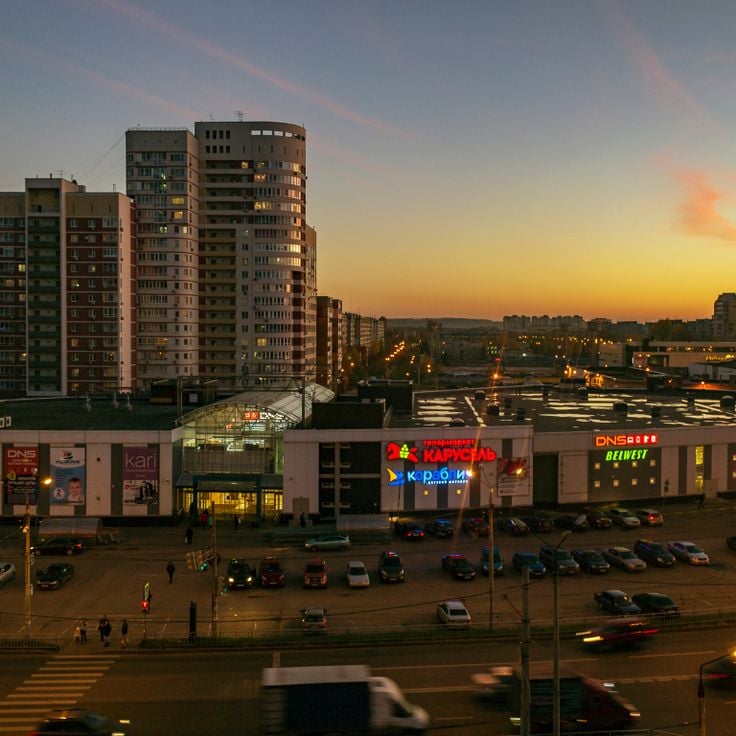
Nizhny Novgorod, Russia
Nizhny Novgorod is the fifth largest city in Russia with a population of 1.2 million inhabitants. The city stands at the confluence of the Volga and Oka rivers, approximately 400 kilometers east of Moscow. Nizhny Novgorod serves as a major economic and commercial center for the region and operates an important inland port. The city developed historically as a trading hub and preserves numerous testimonies to its past, including its 16th-century kremlin.
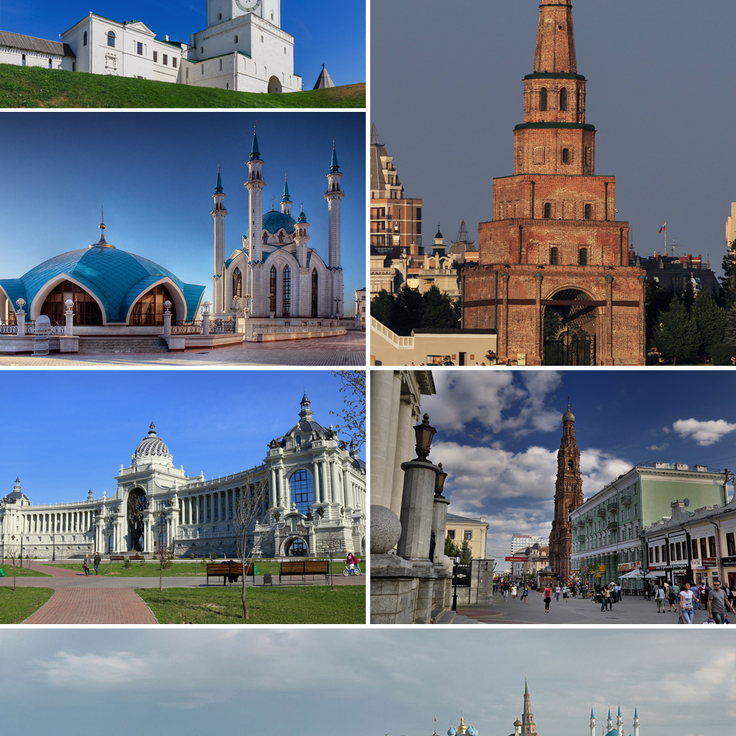
Kazan, Russia
Kazan serves as the capital of the Republic of Tatarstan and has a population of approximately 1.2 million inhabitants. The city is located at the confluence of the Volga and Kazanka rivers in the European part of Russia. Kazan functions as an economic, scientific, and cultural center of the region. The city hosts several universities and research institutions. The historic city center, including the Kazan Kremlin, has been designated a UNESCO World Heritage Site. The population consists of Tatars, Russians, and other ethnic groups.
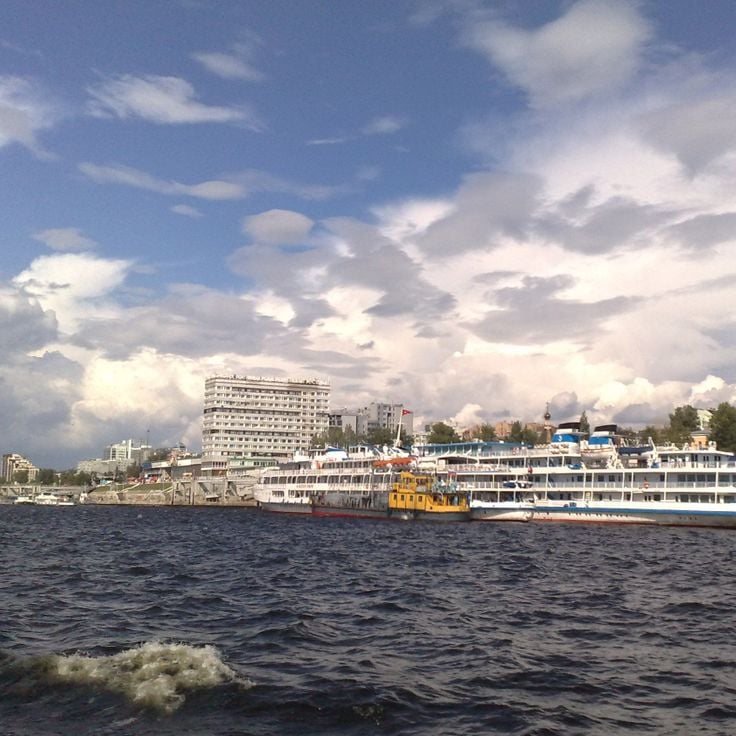
Samara, Russia
Samara is a Russian city on the eastern bank of the Volga River with a population of 1.2 million inhabitants. The city sits at the confluence of the Volga and Samara rivers and serves as a major industrial and economic center in the Volga region. Samara houses several universities, theaters, and museums. The city stretches approximately 50 kilometers along the riverbank and functions as an important transport hub with a river port, railway station, and international airport.

Birmingham, England
Birmingham is England's second largest city with 1.1 million inhabitants, after London. The city developed into a major manufacturing centre during the Industrial Revolution and played a central role in British metalworking and engineering. Its canal network, among the longest in the United Kingdom, connected Birmingham to major trade centres across the country. Today, the economy encompasses services, finance, and educational institutions, including several universities.

Cologne, Germany
Cologne is Germany's fourth largest city with approximately 1.1 million residents. The city extends along both banks of the Rhine River in North Rhine-Westphalia and serves as the economic and cultural center of the region. Cologne Cathedral dominates the skyline as a major Gothic structure. The city houses numerous museums, galleries and educational institutions. As a media hub, several television stations and production companies are based here. The Rhine flows through the urban area and functions as an important waterway for cargo transport.
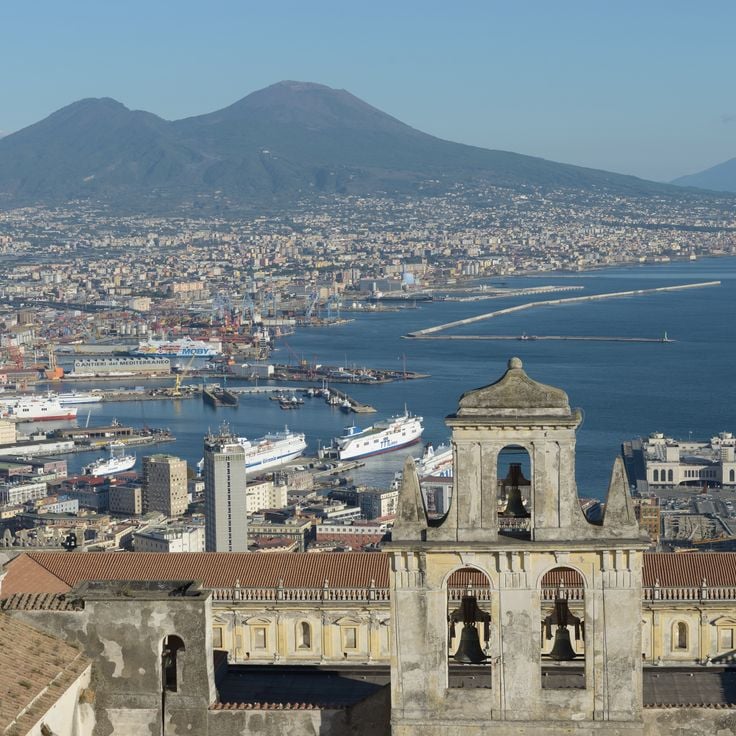
Naples, Italy
Naples is the third largest city in Italy with approximately 977,000 inhabitants in its urban core. This southern Italian metropolis sits along the coast of the Campania region on the Gulf of Naples. The city serves as the economic and cultural center of southern Italy. Naples contains numerous historical buildings, churches, and museums. Its port ranks among the most important in the Mediterranean. The historic center has been designated a UNESCO World Heritage Site. Mount Vesuvius and the archaeological sites of Pompeii and Herculaneum are located nearby.
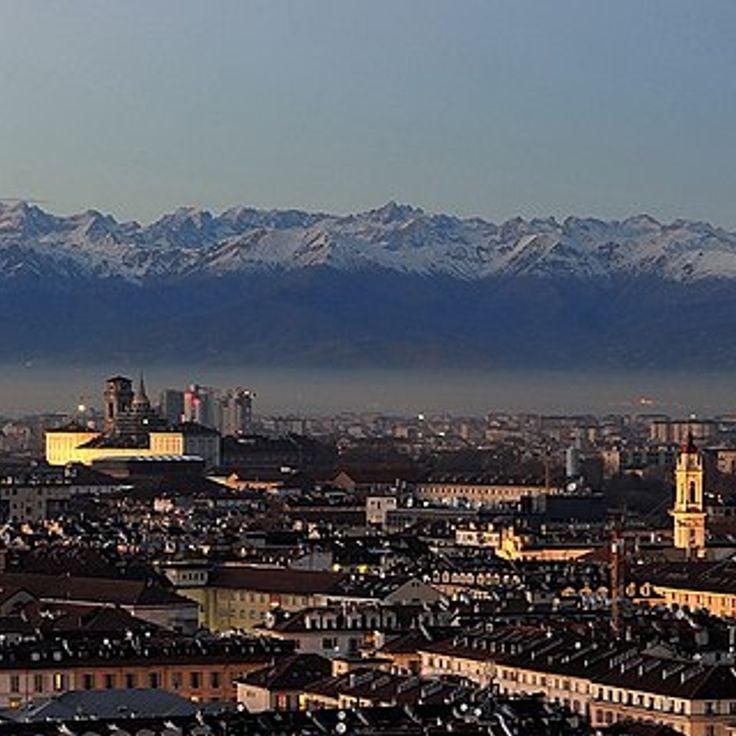
Turin, Italy
Turin is the fourth largest city in Italy with a population of 889,000 inhabitants. This northwestern city served as the historical center of Italian automobile manufacturing, particularly through the presence of Fiat. Turin was the first capital of unified Italy from 1861 to 1865 and retains this heritage through its royal residences and baroque palaces. The city sits at the foot of the Alps along the Po River and features an orthogonal street layout with extensive arcaded walkways.

Marseille, France
Marseille is France's second largest city with 869,000 inhabitants and the country's main Mediterranean port. This southern French port city sits on the Provence coast and has served as a major trading center since ancient times. The Vieux-Port forms the historic heart of the city, surrounded by neighborhoods like Le Panier with its narrow streets and colorful facades. The city spreads across several hills and features an extensive coastline with the Calanques, a series of limestone cliffs and inlets.

Valencia, Spain
Valencia is Spain's third largest city with 796,000 inhabitants. The metropolis sits on the Mediterranean coast and serves as the economic and cultural center of the autonomous region bearing the same name. The city operates a major port and hosts several universities. The historic center contains buildings from different periods, while contemporary architecture defines the cityscape in the City of Arts and Sciences area.
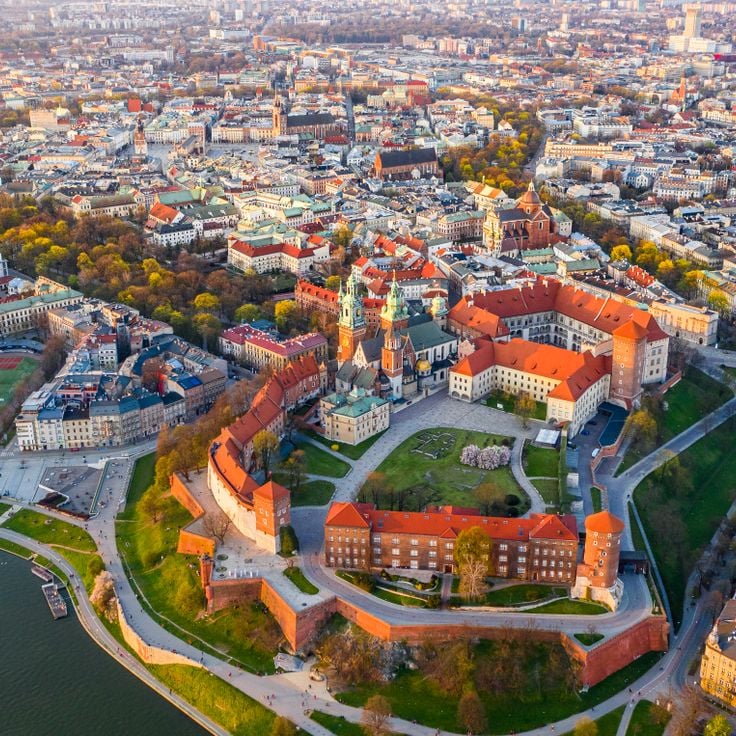
Kraków, Poland
Kraków served as Poland's capital until 1596 and currently has a population of 779,000. The city on the Vistula River is home to the Jagiellonian University, founded in 1364 and the oldest in Poland. The historic center, featuring the Main Market Square and Wawel Royal Castle, is inscribed on the UNESCO World Heritage List. Kraków developed as a major trading center during the Middle Ages and retains numerous Gothic and Renaissance buildings.
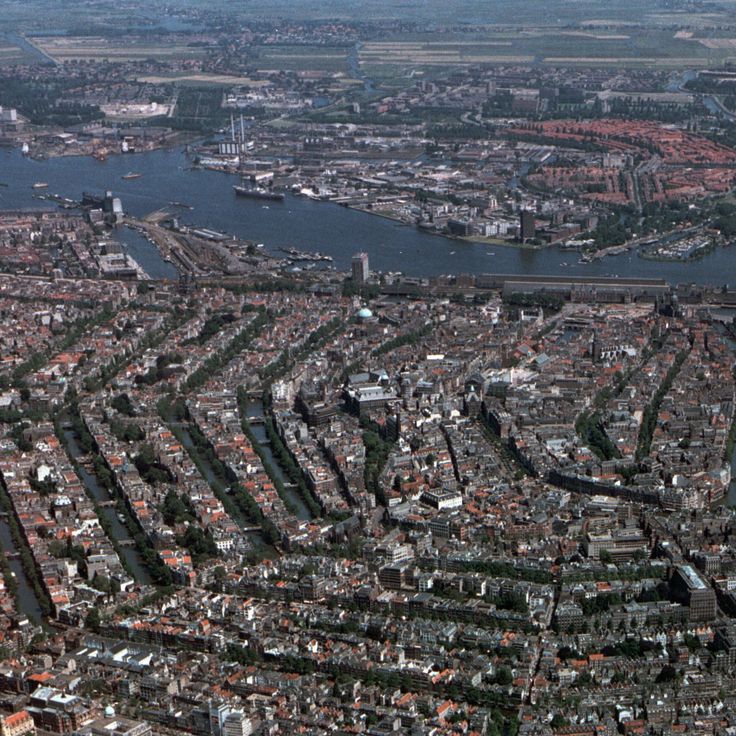
Amsterdam, Netherlands
Amsterdam serves as the capital of the Netherlands with a population of 741,000 residents. The city developed around an extensive network of canals constructed during the 17th century. These waterways form concentric semicircles throughout the historic center. The architecture features narrow gabled houses from the Dutch Golden Age alongside contemporary residential districts. Amsterdam functions as the political and economic hub of the country, hosting major museums, educational institutions, and the nation's principal port facilities.
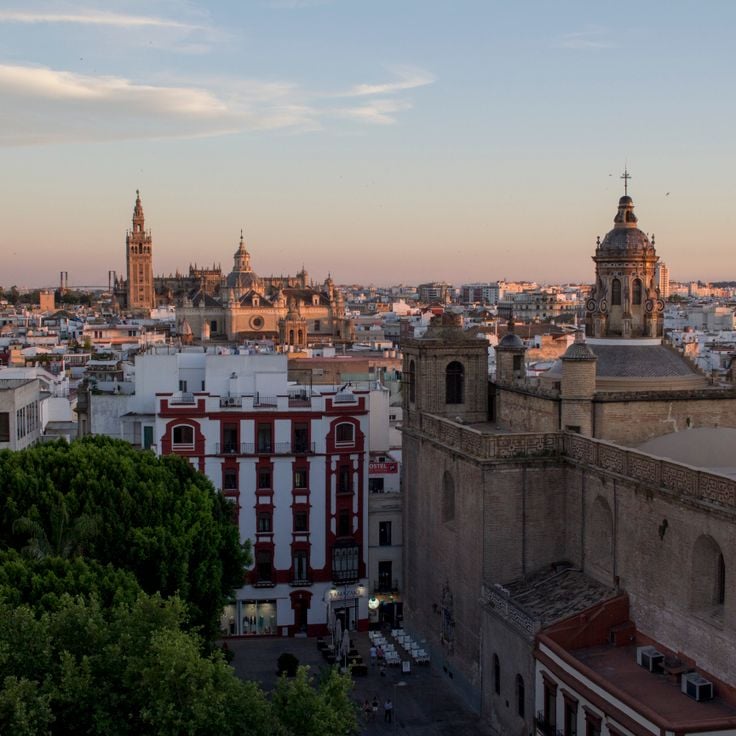
Seville, Spain
Seville is the fourth largest city in Spain with 703,000 inhabitants and serves as the capital of the autonomous community of Andalusia. The city sits on the banks of the Guadalquivir River in southwestern Spain. Seville functions as the economic and cultural center of southern Spain. The historic quarter contains significant monuments including the Cathedral with its Giralda tower, the Alcázar palace complex, and the General Archive of the Indies. The Port of Seville connects the city to the Atlantic Ocean via the Guadalquivir.
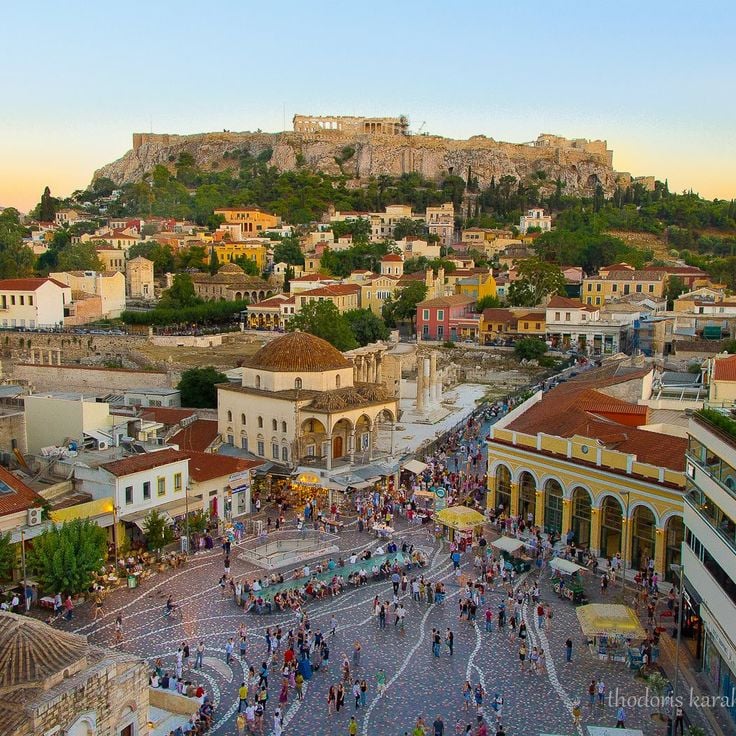
Athens, Greece
Athens is the capital of Greece with a population of approximately 664,000 residents in the city proper. The city is considered the birthplace of Western civilization and democracy. Ancient heritage defines the cityscape with the Acropolis and the Parthenon temple. Athens spreads across the Attic Basin, combining historical sites with modern urban development. The city serves as the political, economic, and cultural center of the country.
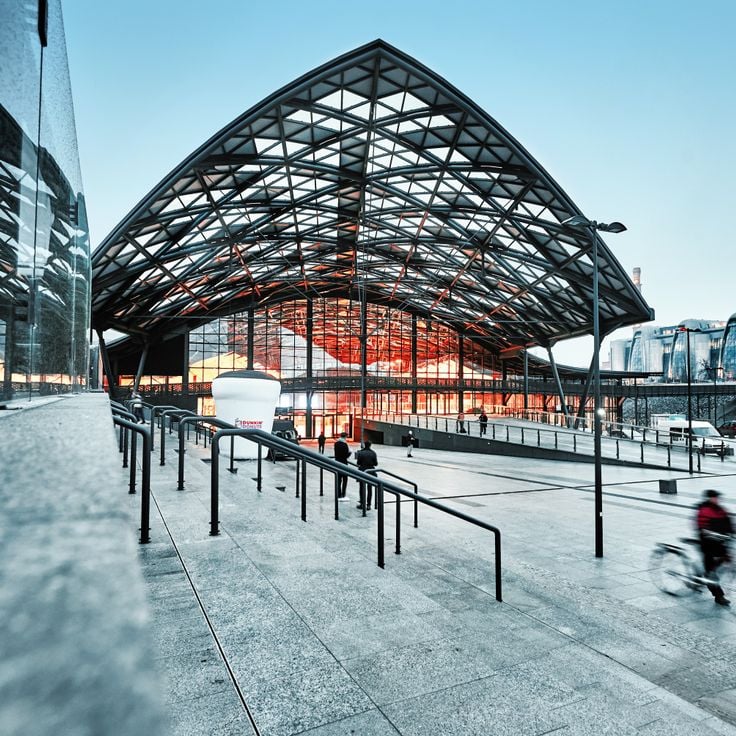
Łódź, Poland
Łódź is the third largest city in Poland with 672,000 inhabitants. The city developed into a major textile manufacturing center during the 19th century. Numerous factories and workers' districts from this era still shape the urban landscape today. Following industrial transformation, Łódź has evolved into a center for culture, film production, and creative industries.

Zagreb, Croatia
Zagreb is the capital of Croatia with a population of approximately 668,000 inhabitants. The city is located in the northwest of the country at the foot of Mount Medvednica and extends along the Sava River. Zagreb serves as the political, economic and cultural center of Croatia. The Upper Town preserves medieval buildings, while the Lower Town features 19th-century architecture. Zagreb has numerous museums, theaters and educational institutions.
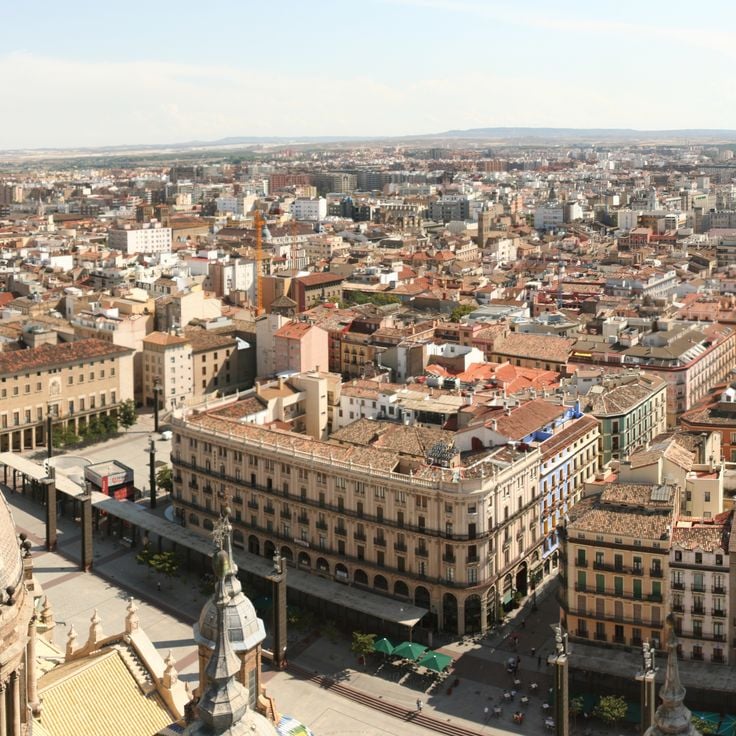
Zaragoza, Spain
Zaragoza is Spain's fifth largest city with a population of 664,000. The city sits on the Ebro River in northeastern Spain and serves as the capital of the Aragon region. Zaragoza combines Roman heritage with Moorish influences and Christian architecture. The Basílica del Pilar rises along the riverbank and functions as an important pilgrimage site. The old town preserves remnants of Roman Caesaraugusta and the Moorish Aljafería Palace. As an industrial and commercial center, Zaragoza benefits from its position between Madrid, Barcelona, and Bilbao.
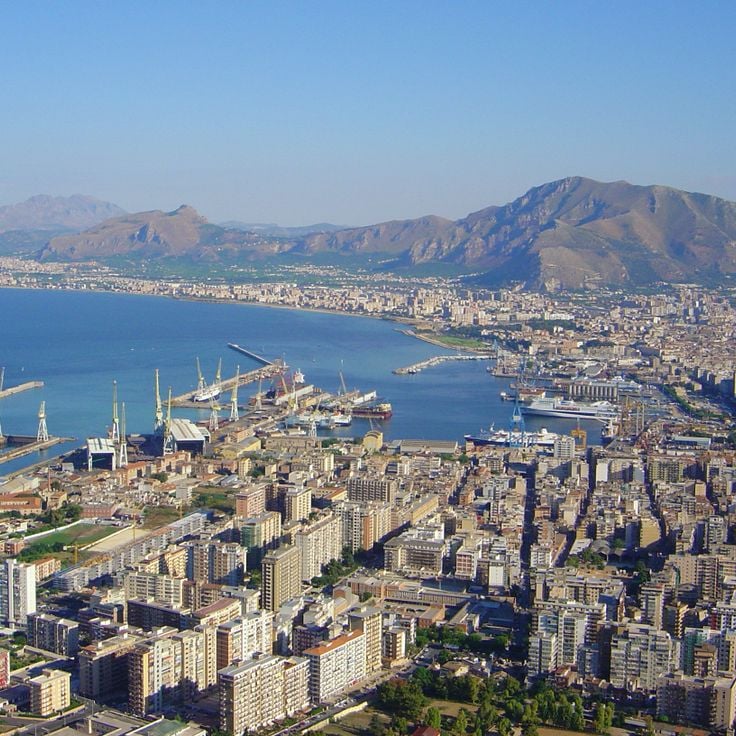
Palermo, Italy
Palermo is the capital of Sicily and the fifth largest city in Italy with a population of 663,000 inhabitants. Located on the Tyrrhenian Sea, this city serves as the economic and administrative center of the autonomous region of Sicily. Palermo has a major port that has historically shaped Mediterranean trade. The city displays a population density typical of southern European coastal metropolises, with residential areas extending from the historic center to modern peripheral districts.
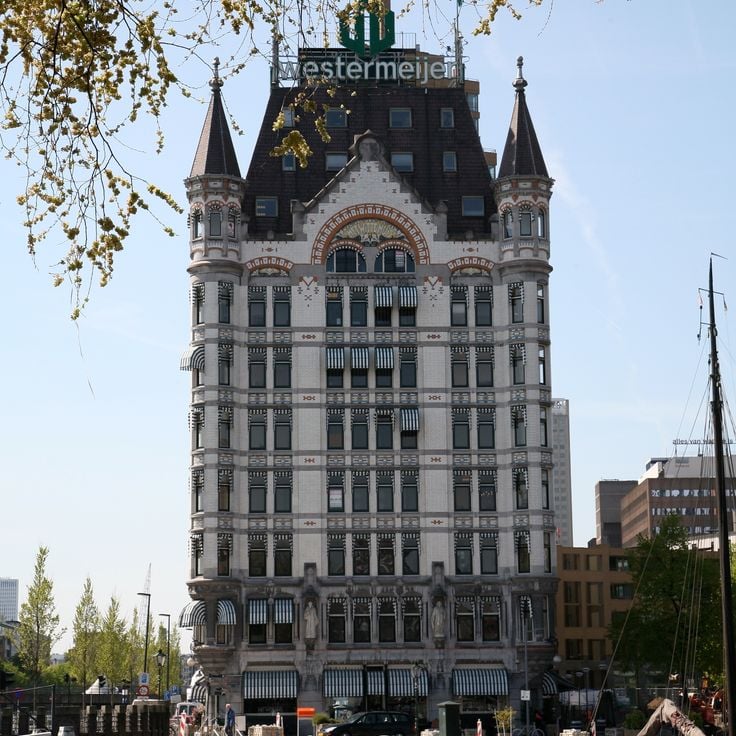
Rotterdam, Netherlands
Rotterdam is the second largest city in the Netherlands with 651,000 inhabitants and hosts the largest port in Europe. The city is located in the south of South Holland province at the mouth of the Rhine River as it flows into the North Sea. The Port of Rotterdam stretches over 40 kilometers along the Maas River and serves as a major commercial hub for trade between Europe and other continents. Following extensive destruction during World War II, the city was rebuilt with modern architecture.
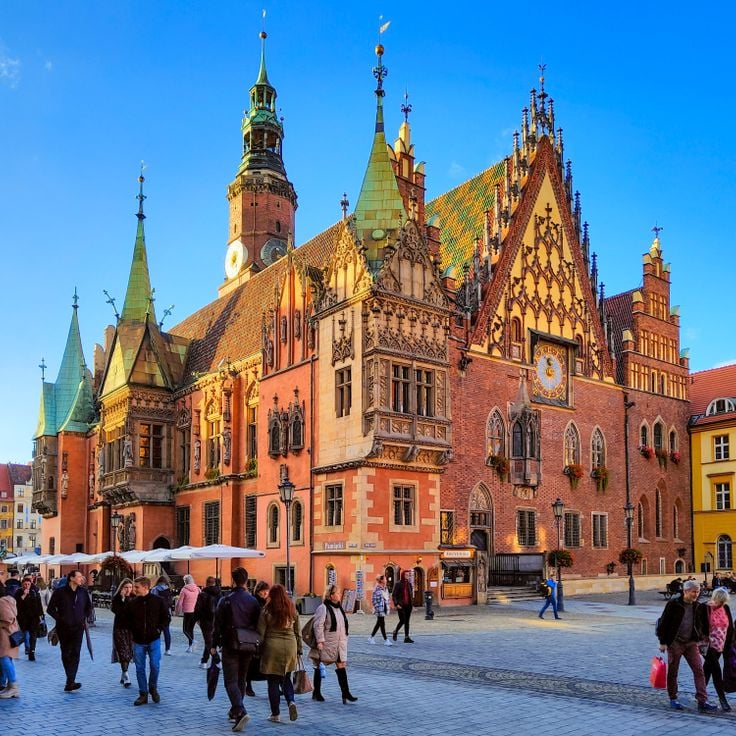
Wrocław, Poland
Wrocław is the fourth largest city in Poland with a population of 643,000 inhabitants. The city is located in Lower Silesia on the Oder River and serves as a major economic and cultural center for the region. Wrocław has a long history reflected in the architecture of its historic center, particularly around the Market Square with its colorful townhouses and Gothic Town Hall. The city hosts several universities and colleges that attract a large student population. Numerous bridges and islands characterize the cityscape, including Cathedral Island with its cathedral.
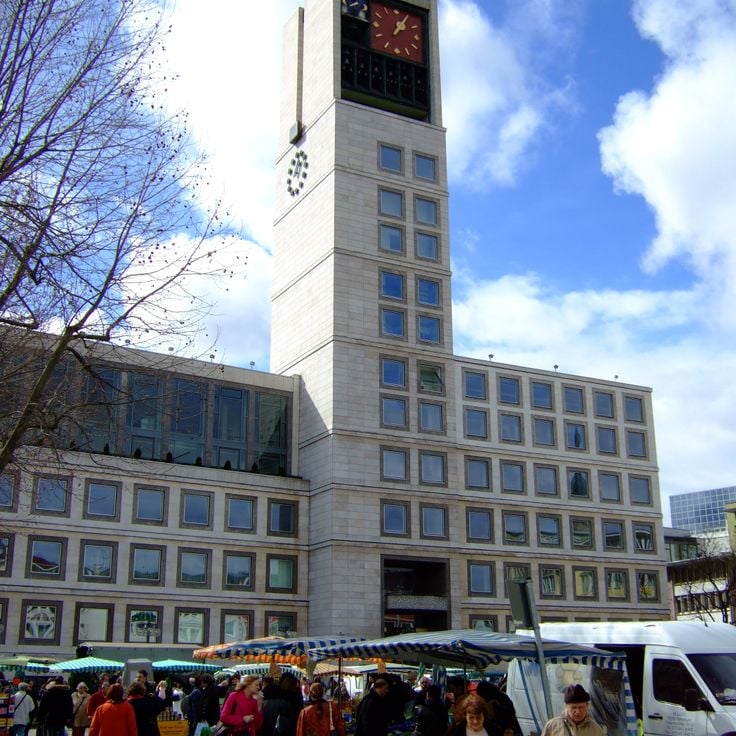
Stuttgart, Germany
Stuttgart is the sixth largest city in Germany with a population of approximately 635,000 inhabitants. The capital of Baden-Württemberg is situated in a valley basin along the Neckar River and serves as the economic center of the region. The city hosts the headquarters of Mercedes-Benz and Porsche, highlighting its central role in the German automotive industry. Stuttgart features significant research institutions, universities, and museums. The urban infrastructure includes an extensive public transportation network and numerous parks and green spaces.
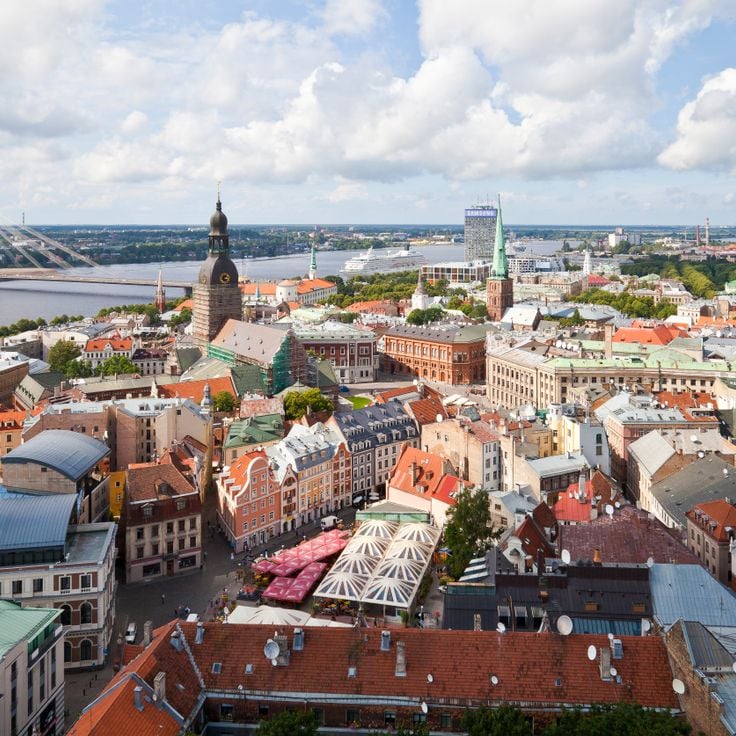
Riga, Latvia
Riga serves as the capital of Latvia with a population of approximately 633,000 inhabitants. The city is situated on the Gulf of Riga at the mouth of the Daugava River where it flows into the Baltic Sea, functioning as the country's principal port. The historic centre combines medieval architecture with a notable collection of Art Nouveau buildings from the early 20th century. As the economic and cultural hub of the Baltic region, Riga hosts universities, theatres and museums. The port plays a central role in Baltic trade, connecting Latvia with other countries around the Baltic Sea.
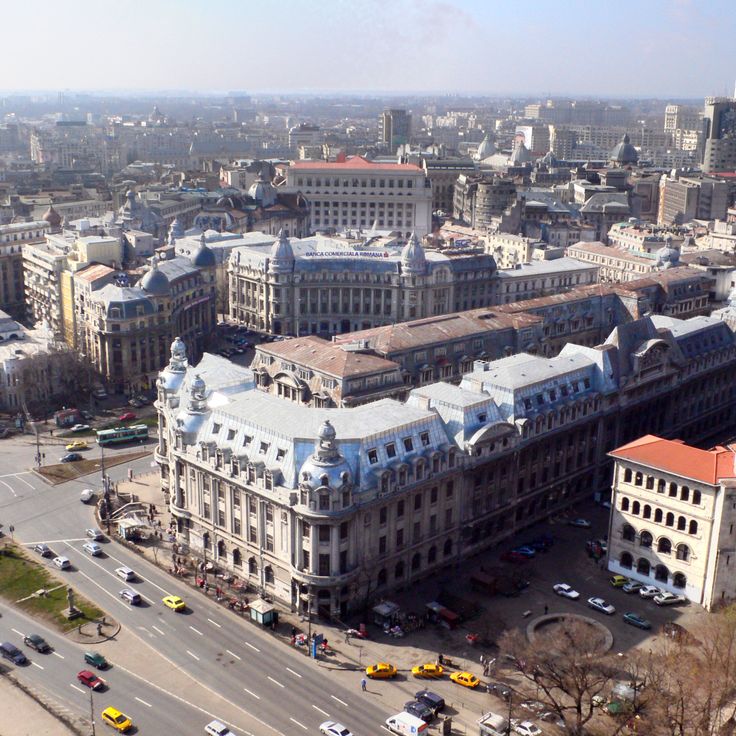
Bucharest, Romania
Bucharest serves as the capital of Romania and counts approximately 1.9 million residents within its city limits. This metropolis along the Dâmbovița River forms the political, economic, and cultural center of the country. The city spans multiple administrative districts and combines historical architecture from various periods with modern neighborhoods. Bucharest ranks as the sixth most populated city in Europe.
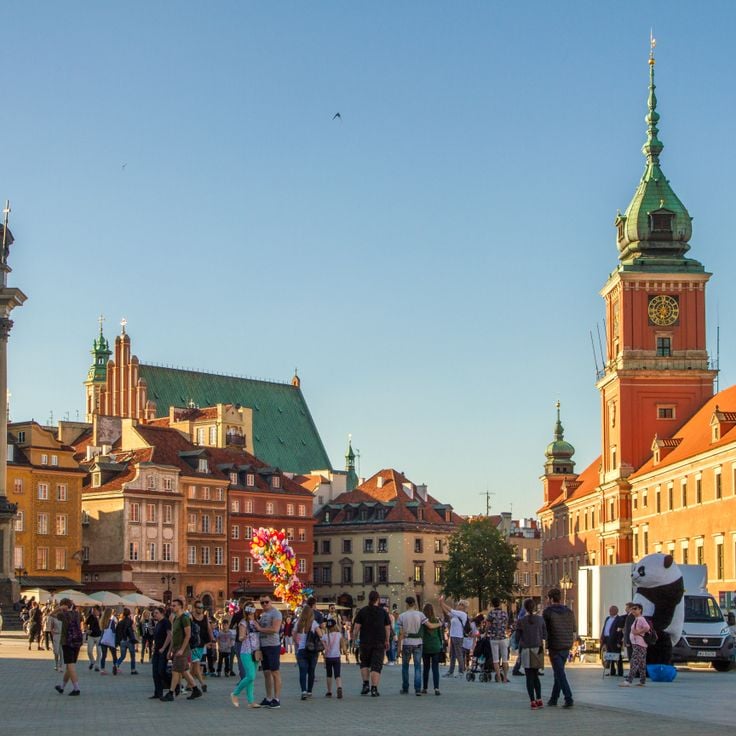
Warsaw, Poland
Warsaw is the capital and largest city of Poland, with a population of 1.8 million residents within the city limits. Located on the Vistula River in central Poland, the city serves as the political, economic, and cultural center of the country. Following near-complete destruction during World War II, the Old Town was meticulously reconstructed and is now a UNESCO World Heritage Site. Warsaw hosts numerous universities, theaters, and museums, along with the headquarters of the Polish government and parliament.
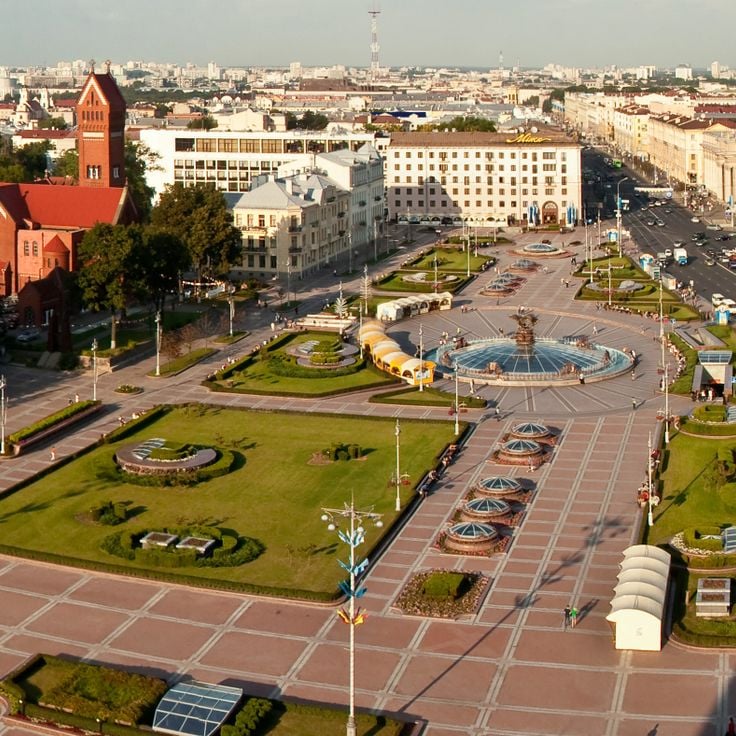
Minsk, Belarus
Minsk is the capital and largest city of Belarus with approximately 2 million inhabitants. The city is located in the center of the country along the Svislach River and serves as the political, economic, and cultural hub of the nation. After extensive destruction during World War II, Minsk was rebuilt in Soviet style with wide boulevards and monumental buildings. The city houses numerous theaters, museums, and educational institutions, as well as major industrial enterprises.
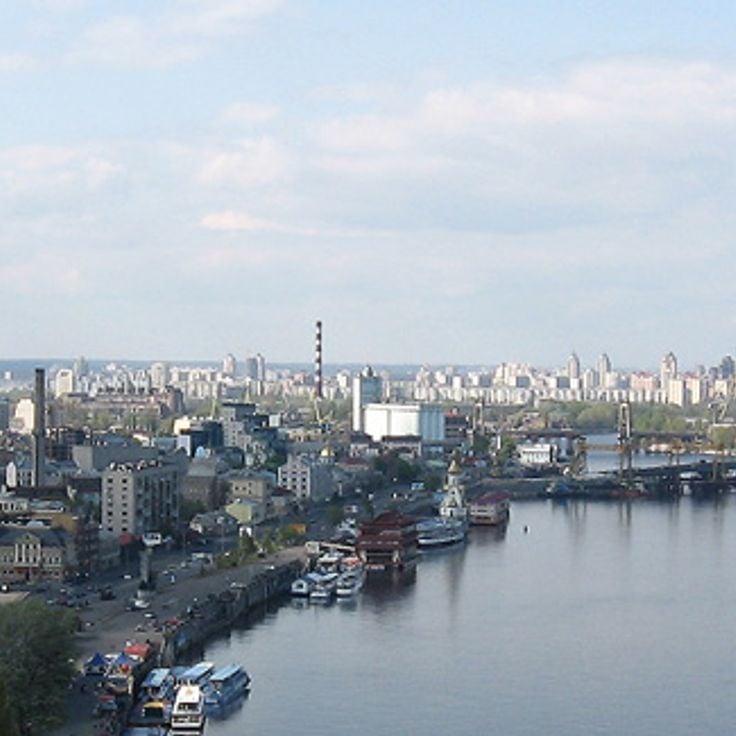
Kyiv, Ukraine
Kyiv is the capital of Ukraine with a population of approximately 2.9 million inhabitants. The city is situated on the Dnieper River and serves as the political, economic and cultural centre of the country. Kyiv houses numerous government institutions, universities and research facilities. The metropolis operates an extensive metro system and maintains railway connections linking it to other European cities.